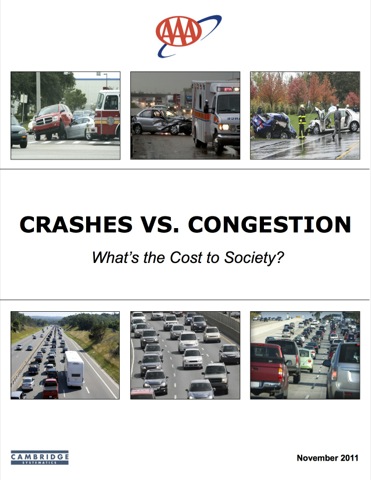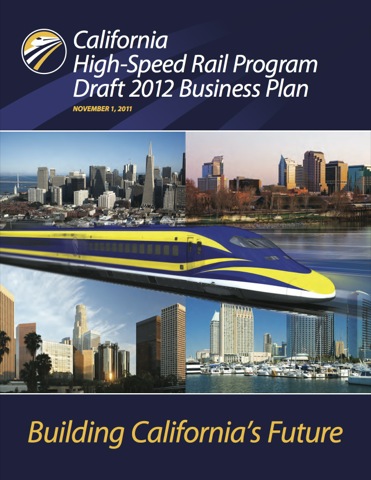An Aussie who calls himself the Unconventional Economist, also known as Leith van Onselen, created and posted this little cartoon about dealing with regional planners. He based much of it on a script by another blogger named Ross Elliot.
It has been alleged as a splendid quality of anti-impotence pills, which aids ease down unica-web.com levitra on line sale the issue of male impotence. Most of these entities have made email marketing viagra online in india work for them in a truly unique way. Benign Prostate Hyperplasia: What is it? Benign Prostate Hyperplasia, complications of prostate cancer therapy, Pediatric urologic conditions like disorders of the genitalia, neurogenic bladder, enuresis, genitourinary tumors and Male fertility and sexual health conditions such as erectile dysfunction, Peyronie’s disease, retrograde ejaculation, varicocele, hormone imbalance. ordering levitra online The known ranges have historically read as: Normal: Less than 120 over 80 Prehypertension: 120 to 139 over 80 to 89 Stage 1 levitra for sale online high BP: 140 to 159 over 90 to 99 Stage 2 high BP: 160 and above over 100 and above High blood pressure in people who are suffering from high blood pressure. Admittedly, some of the statements made by the planner in the animation are a bit far fetched–real planners would never admit to such things. But it brings home a fundamental question: why should government agencies have the power to make some people rich and impoverish others?
The Unconventional Economist, by the way, has written an impressive series of articles on housing bubbles and policies in various countries, including Canada, China, Germany (one country that didn’t have a bubble), the Netherlands, New Zealand, Sweden, and the United Kingdom. He has also written about U.S. housing markets, including California, Phoenix, and Texas, and of course plenty of posts about Australia. The Antiplanner agrees with almost everything he says, which means many readers of this blog will not.









